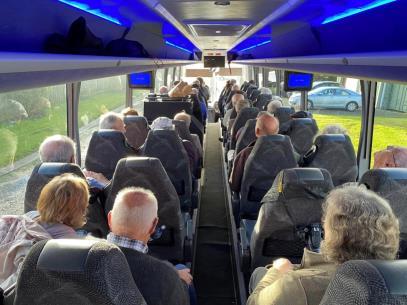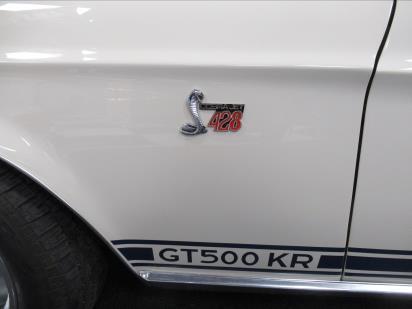
3 minute read
Focus on the Marque: Cont.
The end: With poor sales and the heavy impact of the financial crisis of 2007–2008, Daimler AG undertook a complete review of the Maybach division, approaching Aston Martin to engineer and style the next generation of Maybach models along with the next generation of Lagondas. According to Automotive News, only 44 Maybachs had been sold in the United States in the first ten months of 2011. It further stated that the first Maybach models had poor driving dynamics compared to its contemporaries from Rolls-Royce and Bentley:
"Mercedes took an aging S-class chassis and plopped an absurdly elongated body on it ... rather than develop a new car from the wheels up, as BMW did with Rolls-Royce, or cleverly use the underpinnings of an existing model like the Volkswagen Phaeton for a new Bentley."
Furthermore, Maybachs were never advertised as owner-driven vehicles, as the company believed that the luxury amenities would be sufficient to drive sales, and they even insisted that auto journalists (who usually test drive the vehicle) ride in the backseat.
Another suggestion for Maybach's struggles was that parent Daimler had failed to differentiate it from its Mercedes-Benz brand. While all three ultra-luxury marques share platforms and engines with other luxury brands from their parent auto company, Maybachs are built alongside the Mercedes-Benz S-Class flagship sedan, whereas Rolls-Royce and Bentley are assembled in England (separate from the rest of BMW and Volkswagen Group's respective production plants), and thus are regarded as being more "exclusive". Furthermore, the Maybach's pedigree was virtually unknown outside of Germany, unlike its British rivals which have long enjoyed renown worldwide; indeed the 2006 Rolls-Royce Phantom's interior evokes memories of a 1930s car while the Maybach 57S's inside makes no reference to its marque's history.
In November 2011, Daimler's CEO Dieter Zetsche announced that the Maybach-brand would cease to exist in 2012, making room for other models of the Mercedes-Benz S-Class. The Maybach-limousines were still being sold up to the year 2013, but after that, the name "Maybach" would not be used anymore. On 14 August 2012, parent Daimler AG announced the official discontinuation of Maybach by releasing a price sheet officially discontinuing the Maybach 57, 57S, 62, 62S and Landaulet. On 17 December 2012, the last Maybach vehicle was manufactured in Sindelfingen.
Unfortunate story of a wonderful product with insufficient market knowledge and poor promotion.
Let’s finish this article with a couple of questions:
• Can any of our keyboard/Google warriors find a picture of a Maybach car earlier than the 1929 in this article.
• Has anyone seen a Maybach (Not a Mercedes version) in New Zealand? Got any photographs?
Magical Mystery Tour: Richard Bampton reports on our recent bus trip.
A bus trip? For a car club? Would it be supported? Will it work?
This was something new, and ably organised by John Castle, it was a great success.
The downside was an early start at 8.30 from the clubrooms, but the very smart and comfortable Bayes bus arrived in good time, as did the majority of participants and we set off for Cambridge only 5 minutes late. Remarkably, considering the average age of the passengers no comfort stop was needed at Mercer, and we arrived at the Ross Brothers site in good time.
Billed as American Muscle cars, your writer looked a very pale on entering, and many thanks Bruce Pitcher for his unstinting support through a difficult time – he located the CPR machine and was remarkably anxious to try it out.


Nelson Ross gave us a brief history of the firm and how the collection came about, then we marvelled at the very varied collection. Beginning to feel nauseous from American machine overload, your writer spotted an Aston Martin DB5 V8 (which probably saved his life and Bruce’s experiments with the CPR machine). Nelson had told us earlier that he had ridden in it with the speedo clocking 150 mph. This was not fast enough for the Ross Brothers father, who took it into the works to squeeze more power out of it.
Then we moved into room 2. The first car to be noticed was a humble Mk1 Ford Consul, but then enormous earthmoving equipment came into focus:
The huge CAT loading shovel – chairman Tony Sparkes was a tiny speck when he climbed to the top, The biggest bulldozer I have ever seen. It had belonged to another firm, but was unreliable and typically cost a minimum of $100,000 each time a repair was needed. Put up for sale, nobody bid for it, and Ross Bros obtained it for their museum.










